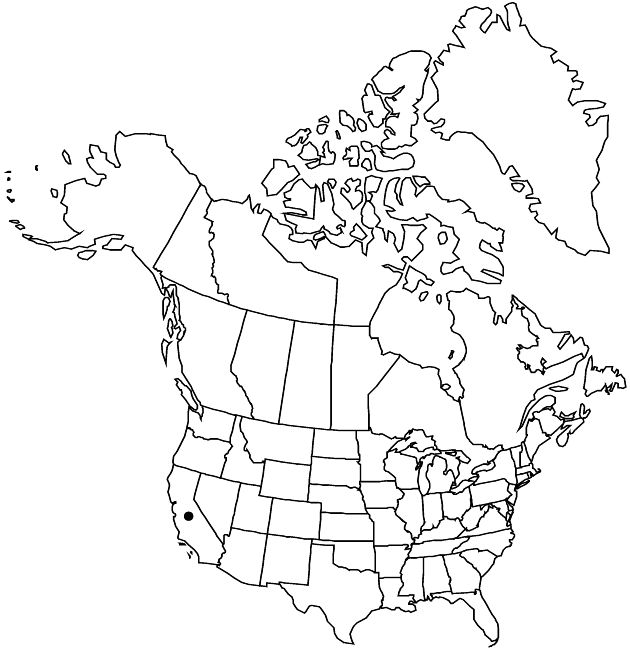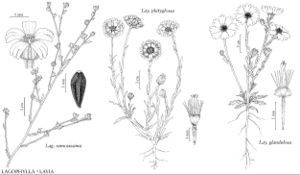Difference between revisions of "Layia platyglossa"
Mem. Amer. Acad. Arts, n. s. 4: 103. 1849.
FNA>Volume Importer |
FNA>Volume Importer |
||
| Line 61: | Line 61: | ||
|publication year=1849 | |publication year=1849 | ||
|special status= | |special status= | ||
| − | |source xml=https://jpend@bitbucket.org/aafc-mbb/fna-data-curation.git/src/ | + | |source xml=https://jpend@bitbucket.org/aafc-mbb/fna-data-curation.git/src/f50eec43f223ca0e34566be0b046453a0960e173/coarse_grained_fna_xml/V19-20-21/V21_648.xml |
|tribe=Asteraceae tribe Heliantheae | |tribe=Asteraceae tribe Heliantheae | ||
|subtribe=Asteraceae (tribe Heliantheae) subtribe Madiinae | |subtribe=Asteraceae (tribe Heliantheae) subtribe Madiinae | ||
Revision as of 20:39, 16 December 2019
Plants 3–70 cm (self-incompatible); glandular, not strongly scented. Stems usually not purple-streaked. Leaf blades lanceolate or oblanceolate to linear, 4–100(–120) mm, margins (basal leaves) toothed to pinnatifid. Involucres hemispheric, 4–18 × 4–15+ mm. Phyllaries 5–18, apices often longer (sometimes shorter) than folded bases. Paleae in 1 series between ray and disc florets. Ray florets 5–18; laminae yellow or proximally yellow and distally white, 3–21 mm. Disc florets 6–120+; corollas 3.5–6 mm; anthers ± dark purple (in southwest of range, sometimes yellow or brownish). Ray cypselae glabrous or sparsely hairy. Disc pappi 0 or of 14–32 white to tawny, ± equal bristles or setiform scales 2–5 mm, each ± scabrous, usually not plumose and not adaxially woolly (in southwest of range, often proximally plumose and adaxially woolly). 2n = 14.
Phenology: Flowering Feb–Jul.
Habitat: Open, often grassy slopes or flats, disturbed sites, often on sandy or clayey soil, sometimes serpentine
Elevation: 0–2000 m
Distribution

Calif., Mexico (Baja California).
Discussion
Layia platyglossa occurs from the North Coast Ranges through central-western and southwestern California and west to the immediate coast and east into the central Great Valley. A specimen reported by S. L. Welsh et al. (1993) from dunes in Utah (Harrison 2545, BRY) may be mislabeled.
Selected References
None.
